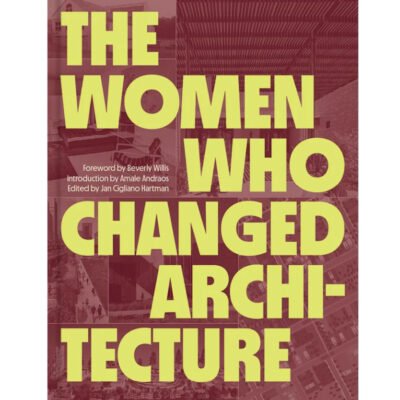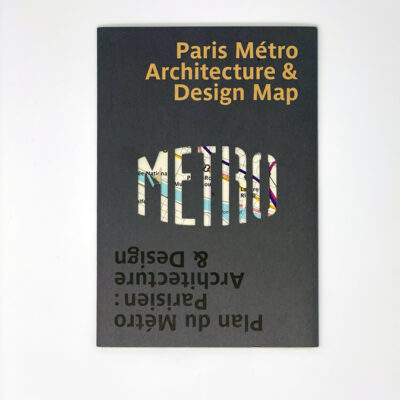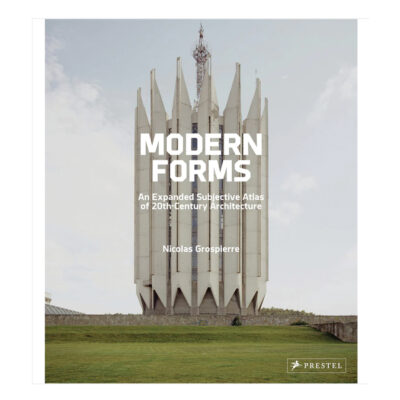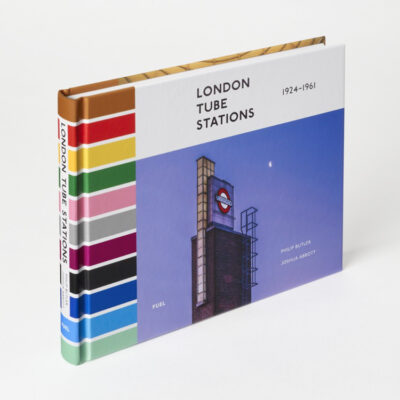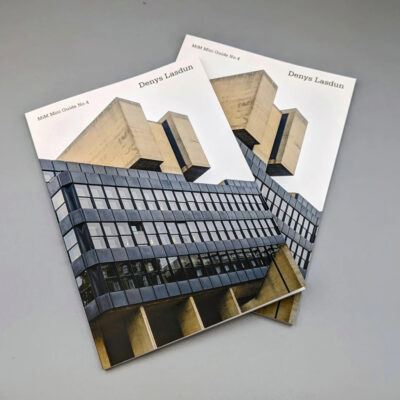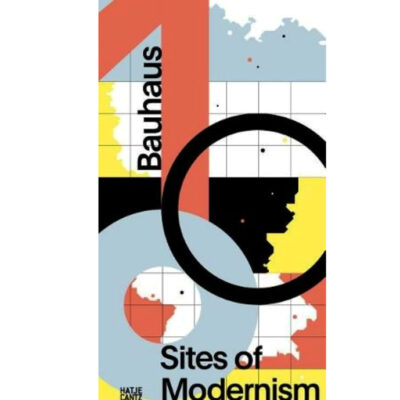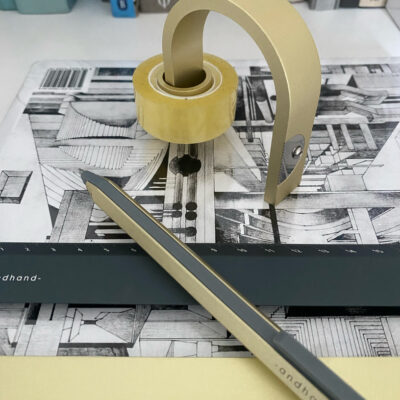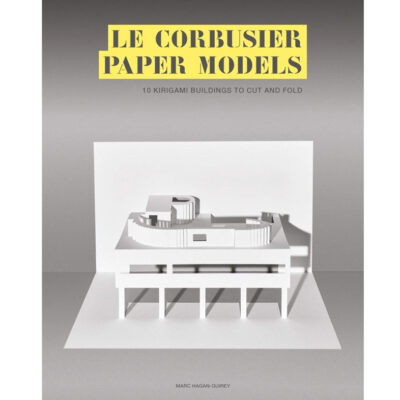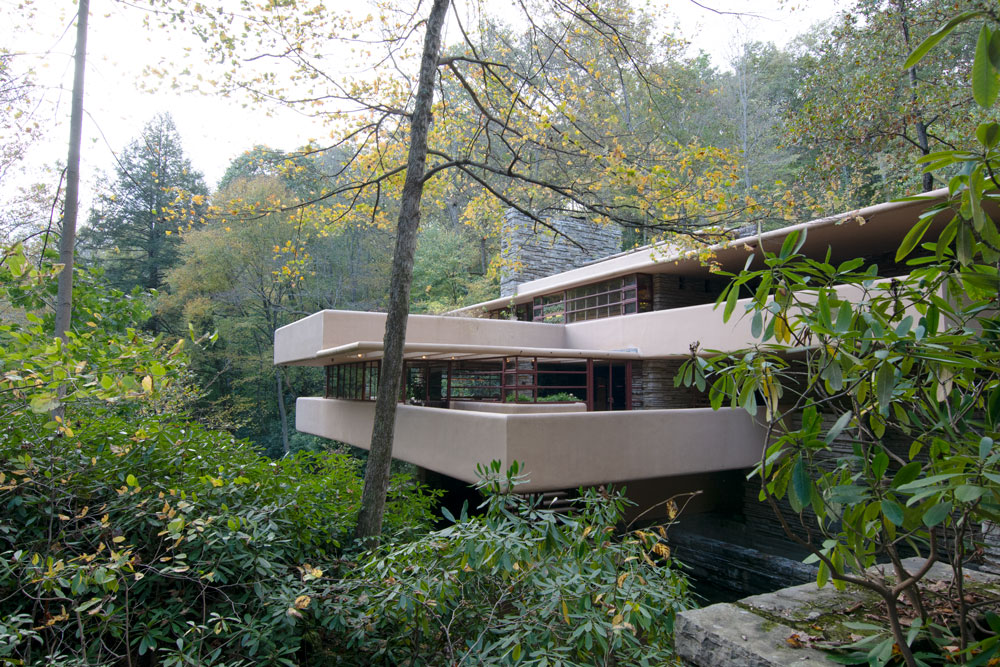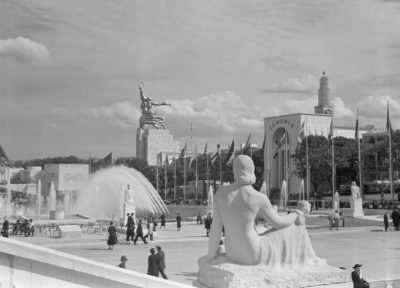The near-forgotten architect who aroused Le Corbusier’s envy
Cap Moderne
Eileen Gray’s Masterpiece Villa E-1027
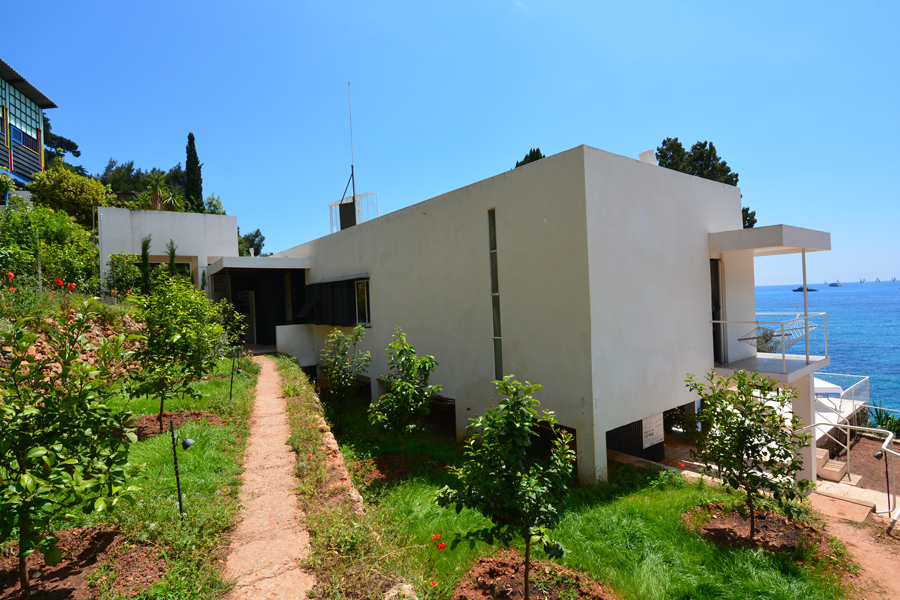
Certain places are rich in layers of history. Villa E-1027, the masterpiece designed by Eileen Gray, a genius who was for decades almost forgotten, bathes in, is drenched by, the brilliant sun of the South of France and the air is steeped in the chunky scents of the pine and rosemary of the overgrown path leading down to its Cap Moderne site. It’s impossible not to be sucked into that story which includes a naked Corbusier defacing Gray’s masterwork, his drowning and the murder of the villa’s owner. And try as one might to focus on Gray’s work, there is also a curiosity to see Corbusier’s arrogant murals.
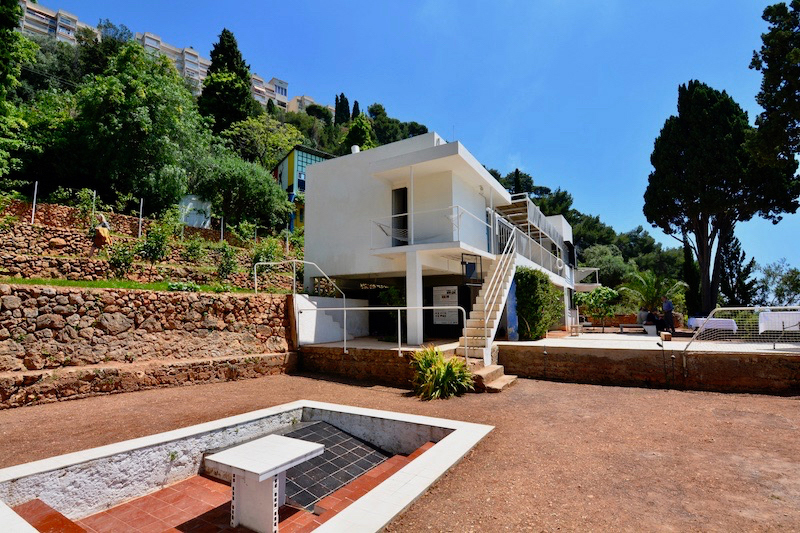
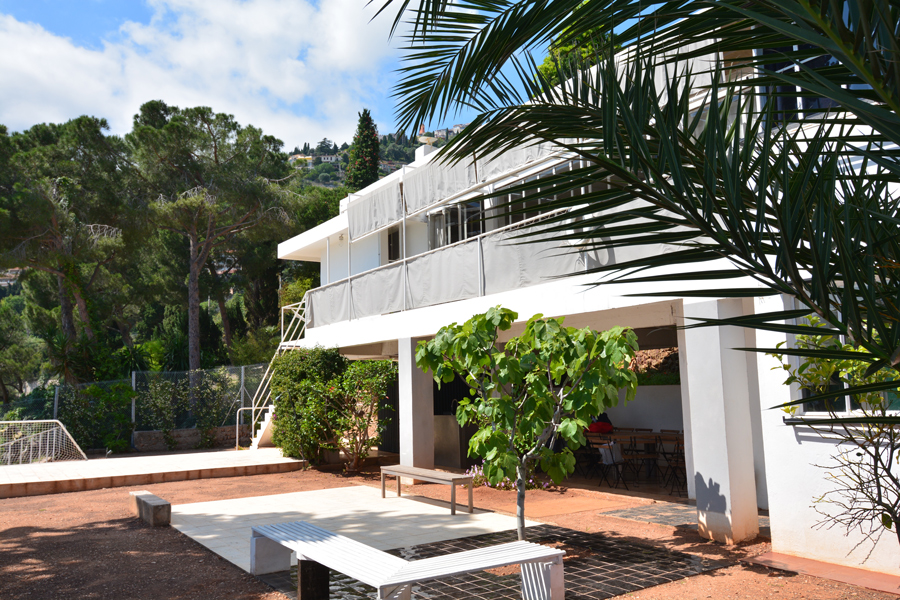
The story of E-1027 should be about the brilliant, modest and enigmatic Irish architect and furniture designer Eileen Gray, a pioneer of modernism. Self-taught, her genius created this treasure. But it’s pretty much impossible to tell that story without it being overshadowed by Le Corbusier and not just his genius but a jealousy he seems to have brooded on for years. Like his modular, the ideally proportioned man painted by Corbusier at one end of Les Unités Camping, the terrace of holiday cabins he built on the site, Le Corbusier bestrides Cap Moderne and the story.
E-1027 is one of four important structures on the site known as Cap Moderne. The others are Le Cabanon, Corbusier’s log cabin retreat, as well as his study cabin, les Unités Camping and Thomas Rebutato’s restaurant and bar, L’Étoile de Mer. These buildings, in concrete and wood, capture are the essence of Modernist architecture and design.
Too easily overlooked
Gray designed E-1027 for her lover Jean Badovici. The drama of their romance and the involvement of Corbusier, who died swimming from the beach just below the house, long after Gray had left E-1027 and gifted it to Badovici, has obscured the genius of Gray as a designer and artist. Even without that saga, Gray as a woman and, moreover a woman without a male mentor and champion, has been all too easy to overlook or for history to focus on her bohemian private life rather than acknowledge and praise her brilliance and originality as an artist, designer and architect.
Those murals
Perhaps what gnawed at Corbu was that Gray had so exquisitely designed around his Five Points of Architecture. E-1027 was finished in 1929, at the very time Corbusier was building his archetypal Villa Savoye perfectly expressing these five principles. Years later, in the summer of 1937, at the invitation of Badovici but most definitely not at the invitation of Gray, who knew nothing of this, and naked while he worked, Corbusier painted erotic murals on the interior walls of E-1027. The murals had no place in the design, and one even contained what appeared to be a swastika. Gray by then was finished with Badovici. They were done. She built another home nearby, although she remained on good terms with her former lover.
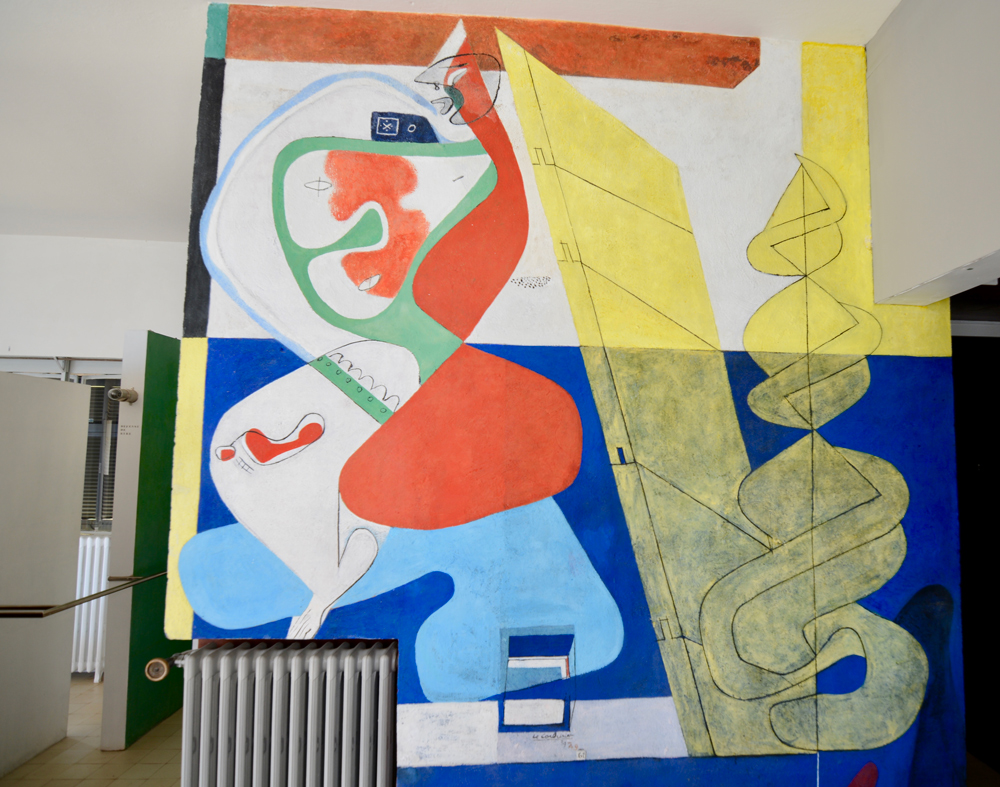
Corbusier was, we know, a man of contradictions. He has invited criticism of his behaviour and his politics. But he also acted with great and persistent kindness to people less important than he. A perfect example being his mural work on the little restaurant and bar of the retired plumber and friend of Corbusier, Thomas Rebutato. Named L’Etoile de Mer, it is also on the Cap Moderne site. In exchange for a small strip of land on which to build Le Cabanon, a log cabin retreat, Corbusier built Les Unités Camping for Rebutato so that he might make some income renting out these small but exquisitely designed holiday cabins.
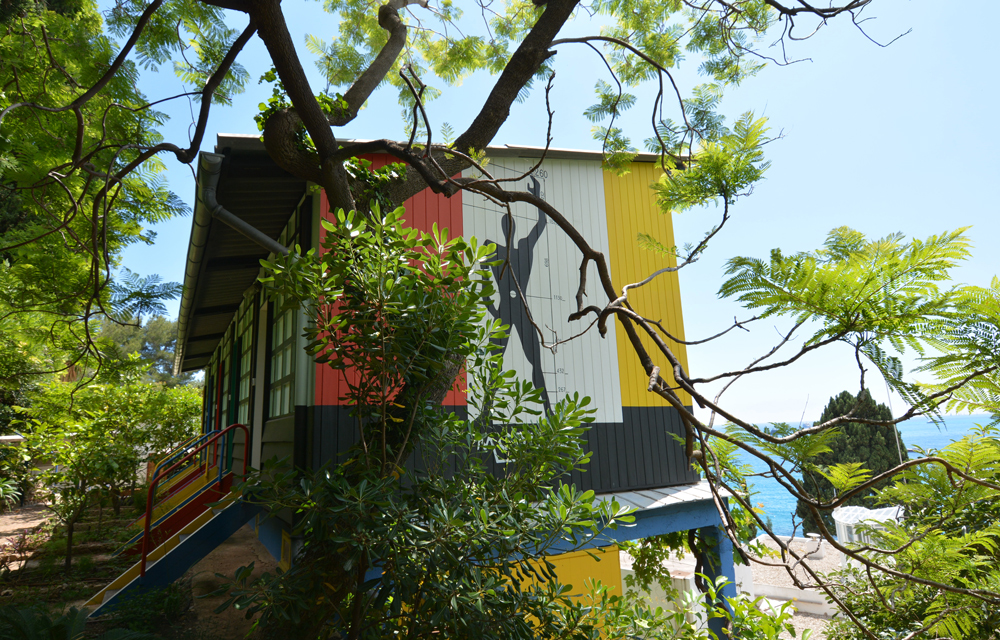
At the local station, known as the Gare de Cabbé, on the Avenue Le Corbusier (there he is again), the Cap Moderne Association has turned a railway shed into a visitor centre. This is the home to an exhibition illustrating Gray’s life and work, with photographs, examples of her furniture, and films. A walk along an easy path through the lush and fragrant Mediterranean vegetation for about 300 metres leads to Cap Moderne. You descend from above the villa, its rectangular shape and terrace framed by the bay and the unrealistically blue sea, promontories to left and right, as the mountains reach into the water, cupping the villa.
First female graduate of Slade School of Art
Gray was among the first women to graduate from the Slade School of Art. She learned lacquer work and taught herself carpet design and weaving. Decorative design arts were considered the right thing for women to do. But Gray wasn’t stopped by convention; she taught herself how to fly but more importantly, at the urging of Badovici, and like Corbusier, she taught herself architecture.
A master of design arts
Her mastery of lacquer work enabled Gray to create innovative, versatile furniture:
The iconic E-1027 adjustable table, made from chromed tubular steel and glass, remains in production. It was initially designed for the bedroom for breakfast in bed.
The 1926 Bibendum chair was named after the brand mascot of the Michelin tyre company, the ‘Michelin Man,’ whose official name was Bibendum. Its beautiful form balances modern function and art deco design.
The Transat (a shortening of transatlantic), a wooden-framed chair with leather or fabric seat, inspired by deck chairs on an ocean-going liner, criss-crossing luxury and functionality
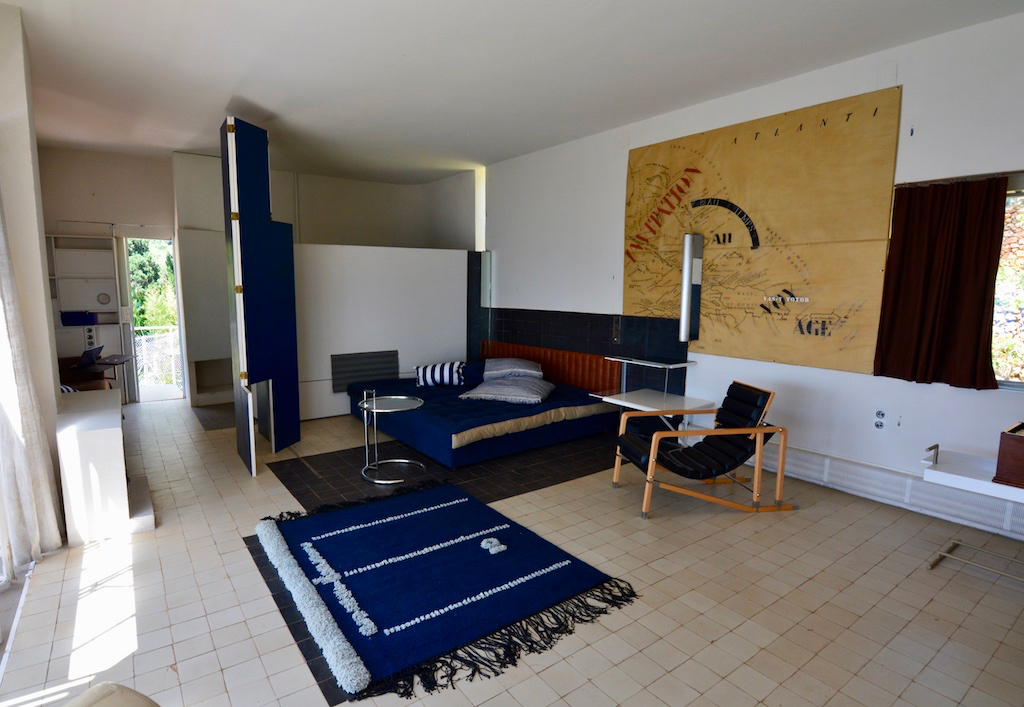
“E” for Eileen, 10 for the letter “J”, 2 for “B”, and 7 for “G”.
The villa, completed in 1929, is designed and positioned to get the best from its location. A southward-facing main living area and bedrooms facing east to enjoy the morning sun, while as much as possible, the western face was without windows to shade in the heat of the day. It took Gray three years to complete the build, all the while living in a tiny flat. It’s well-known that the name, E-1027 is vanity, a play on the names of Eileen Gray and Jean Badovici; “E” for Eileen, 10 for the letter “J”, 2 for “B”, and 7 for “G”.
Corbusier’s Five Points of Architecture
E-1027 follows each of Corbusier’s Five Points of Architecture, simply and elegantly; pilotis, horizontal windows, an open plan, a free facade and a roof that can be used as a garden. With sailcloth awnings echoing the yachts of the rich that then and now dot the bay, louvred shutters that can cleverly slide on rails to shade the interior while the principal room opens onto the balcony, like a deck, with floor to ceiling accordion-like windows. The main floor stands on pilotis. The lower floor that extends only beneath the main bedroom, opens onto the tiled terrace between those slender same pilotis supporting the main floor. From that lower floor, a spiral stair leads to the flat roof, like the topmost deck of a yacht. In contrast to the size and opulence of so many villas on that coastline, E-1027 is small. A complex series of spaces, allowing the occupants privacy.
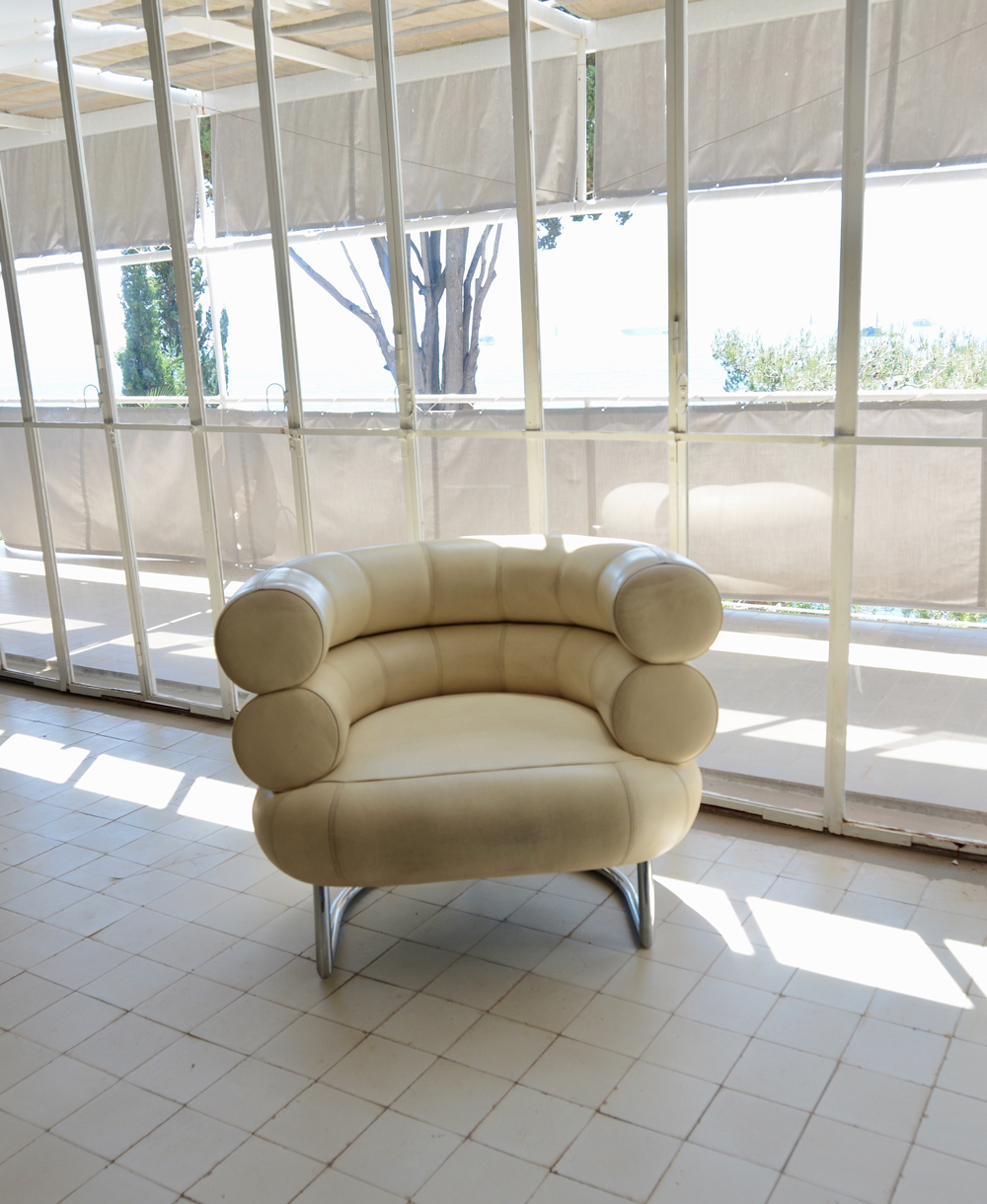
The furnishings were conceived by Gray in exacting detail. Labels mark the purpose of every cupboard and drawer. Thanks to the work of Zeev Aram, which began in the early 1970s, many of Gray’s furniture and carpet designs are again in production. That this was a home designed for a particular couple is plain. Right down to rail at the entrance, created to catch the coat that Badovici would habitually fling off as he entered the villa.
The drama associated with the villa didn’t end when Gray gave it over to Badovici. It had a couple of owners after him, one of whom was murdered there. By the 1990s, E-1027 was in increasing disrepair and occupied by squatters, not the first time. Italian and then German soldiers had used and abused the property during World War II. The disrepair was extensive.
Saved
The Cap Moderne Association, led by Michael Likierman in agreement with the Conservatoire du Littoral, has saved the villa. The town of Roquebrune-Cap-Martin has lent its support, and restoration is now completed. The structure has been saved. With painstaking attention to detail, each room is restored with exact reproductions of the furnishings and fittings.
Learn More
Centre des Monuments Nationaux
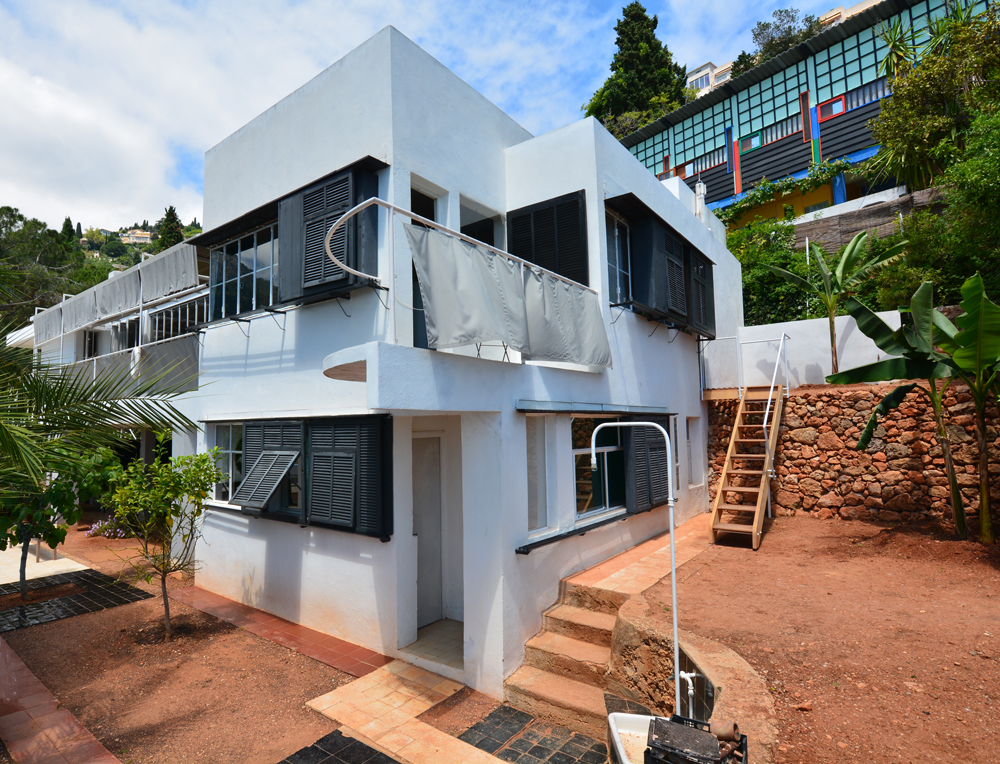
Eileen Gray 1878-1979
Updated March 2025





